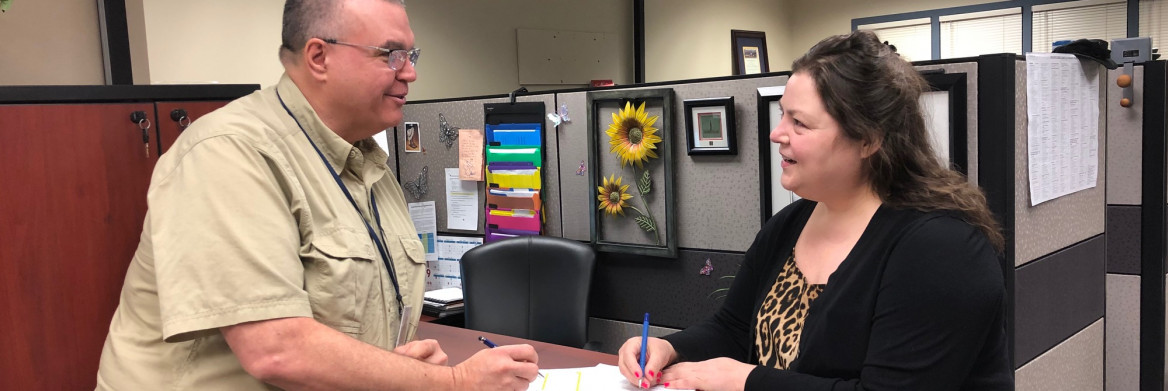Although many people will tell you they can't wait to retire, for others the process is a challenging and emotional experience.
That can be especially true in the RCMP, where officers have worked for years in communities and are heavily invested in the people they serve.
"For many, it's a big and tough decision. At least it was for me," says ret. Supt. Yvon de Champlain, who left the RCMP in 2017 after a 30-year career working in Ottawa, Saskatchewan and Alberta.
"But there was a huge void in the processes," says S/Sgt. Doug Wasylenki, who is the peer-to-peer co-ordinator in Alberta.
Wasylenki says when he first joined the RCMP, "every step in the hiring process was handed to you. You were told what to do and when to do it. So, based on that concept, why should retirement be any different?"
Answering questions
The idea for a retirement guidebook for police officers and managers in Alberta was first conceived by ret. S/Sgt. Ron Campbell. Once created, it led to the establishment of a three-person team to provide support.
"Ron retired and passed on the concept to me. After that, I ran with it," says Wasylenki.
The other team members include Sgt. Niki Borden, non-commissioned officer of employee services, and Mavis Callihoo, a member of the Employee Relations Divisional Wellness Unit. Callihoo says many officers need help learning about the RCMP's retirement resources.
Common questions include the timing of pension payouts and health coverage, and how to turn in their kit or confirm leave allotments are correct. Callihoo says officers also ask about their badge encasement, and how long it will take.
"That's a big one," says Wasylenki. "But a lot of officers don't really pay attention to that right away. I know mine is an important part of my identity and I'd want to make sure it's taken care of."
Easing retirement stress
De Champlain says the guide and the team made his retirement process seamless.
"With their help, I never felt alone," says de Champlain, who notes that the handbook isn't useful only for those about to retire.
He says a troop mate who retired a few years ago was asking him questions about joining the RCMP Veterans Association.
"So I got him the guide (which addressed that issue). I think it can be a valuable tool for those already retired who still have questions," says de Champlain, who also marvels at how quickly the team would respond to his queries.
"I remember sending emails and I would get a response back in 30 seconds. That's unheard of. They are true public servants."
Callihoo says when officers begin the retirement process, they express both fear and excitement about their post-retirement life.
"One of the main reasons this retirement handbook has been created is to make the transition easier," she says. "And to provide clear directions on the processes to follow so it can be as stress free as possible."
Wasylenki echoes that sentiment.
"When an officer makes the decision to retire, they have a lot on their mind," he says. "The last thing they want to do is search manuals and locate forms and procedures. Hopefully the handbook can help make this transition painless."
The Employee Handbook for Retiring K Division Members is available on the RCMP's internal website under employee tools.
Before its posting in early 2016, the original guide was tested on a group of officers of varying ranks and years of service.
Wasylenki says based on officer feedback, changes were made to the handbook. The team continues to update the document
"We always ask officers what's missing and what can make it better," he says.
A new National Discharge and Retirement Guide is also available on the RCMP's internal website.
